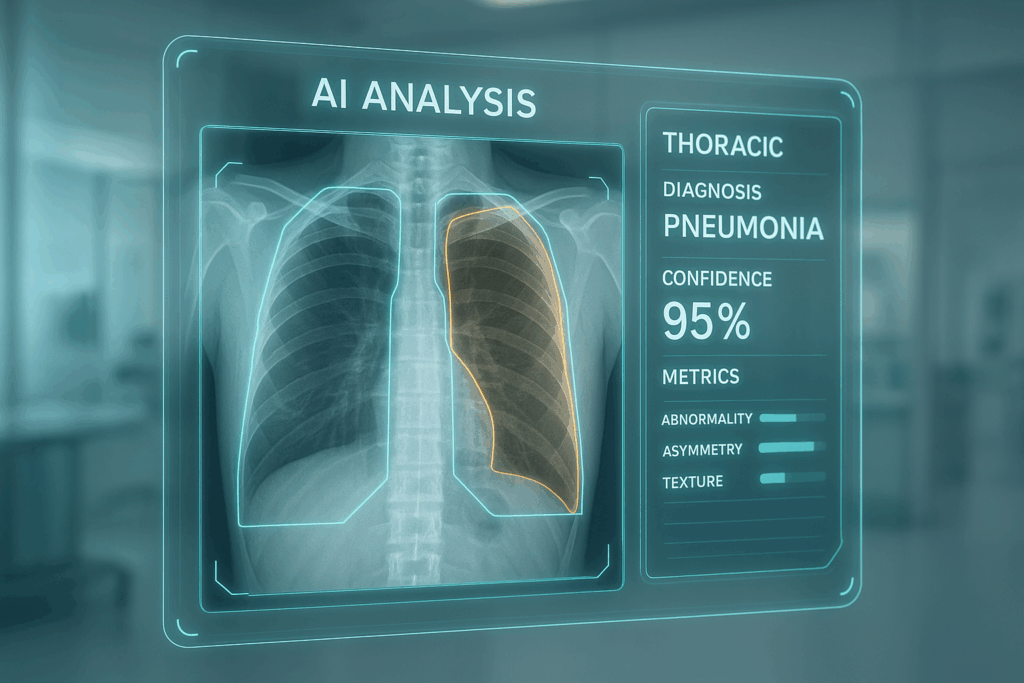Artificial Intelligence is transforming the healthcare landscape — from early disease detection to efficient triage and advanced clinical research. However, the reliability of AI in medical imaging depends on one critical factor: the quality of data annotation.
That’s where Marteck Solutions steps in. We specialize in high-precision medical image annotation and labeling, empowering AI systems to interpret complex imaging data with clinical accuracy and confidence.
How Marteck Solutions Elevates Medical Imaging AI
✅ Bounding Boxes for Accurate Localization: We precisely outline abnormalities and areas of interest in X-rays, CTs, and MRIs — enabling AI models to focus on the right regions for diagnosis.
✅ Segmentation for Detailed Analysis: Our expert annotators draw fine-grained boundaries around organs, lesions, and anatomical structures, helping AI systems understand spatial relationships and tissue variations.
✅ Landmark Annotation for Anatomical Precision: We mark critical reference points on bones, joints, and organs to guide AI models in identifying structural alignments and variations.
✅ Classification Labels for Smarter Learning: Each annotated region is categorized with clinically relevant tags — supporting AI in differentiating between normal and abnormal findings with greater reliability.
Why Healthcare Innovators Choose Marteck Solutions
- Clinical-Grade Accuracy: Every annotation is validated by trained professionals with medical domain expertise.
- Scalable Operations: Whether you need annotations for a few hundred or thousands of scans, we ensure quality and consistency at scale.
- Flexible Collaboration: We adapt to diverse medical imaging requirements — from radiology and pathology to ophthalmology and cardiology.
- Faster AI Development: High-quality annotations help accelerate model training, validation, and deployment for real-world clinical applications.
At Marteck Solutions, our mission is to bridge the gap between medical expertise and AI innovation — helping healthcare organizations build reliable, explainable, and high-performing AI models.
Partner with Marteck Solutions to enhance the precision and reliability of your medical AI initiatives.
